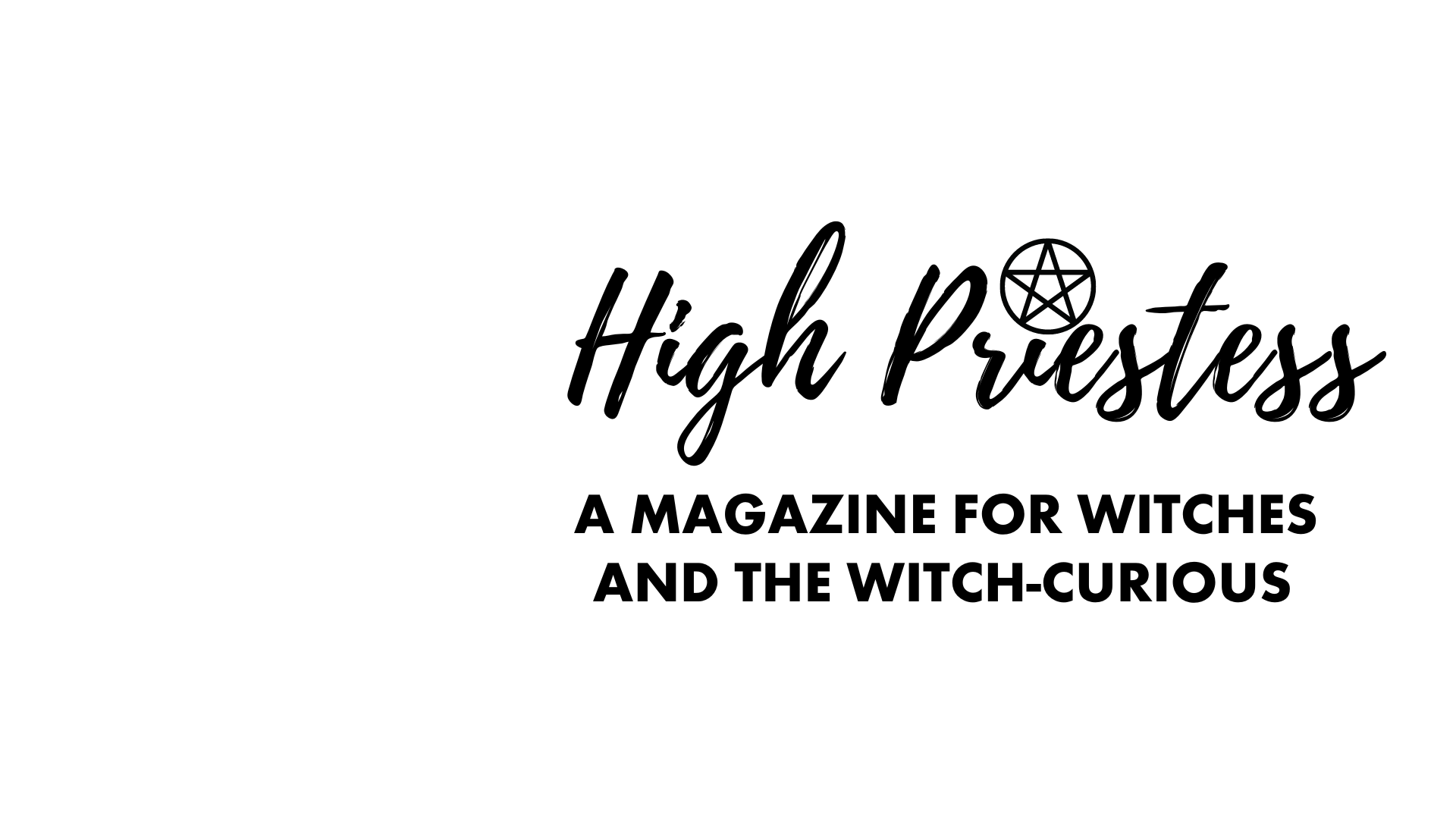All About Samhain
The word ‘Samhain’ comes from old Irish Gaelic, meaning ‘Summer’s end.’ Pronounced ‘Sow-Wen’ (‘sow’ as in ‘now’), it’s traditionally observed from sundown to sundown, on April 30 to May 1 in the Southern Hemisphere, and October 31 to November 1 in the north.
Samhain is when dark Autumn is in full swing. The days are cold and the nights are long. It’s a magical time, where the veil between our world and the spirit world is especially thin.
Its origins are an ancient Irish Celtic festival, which marked the Celtic new year. It was the total end of the harvest season, the beginning of the Winter months, and a signal for herders to move their animals to Winter pastures. This event has been observed for centuries and is one of the most important sabbats of the year for modern witches and pagans – for many, it’s treated as the New Year’s Eve of the Wheel of the Year!
Historically, Samhain was a time of reflection and spiritual cleansing. Because the veil between the physical and spiritual realms was thin, it meant communication with the otherworld was possible. The spirits of the dead could revisit their loved ones, to offer guidance, comfort, and wisdom. Today, when Samhain ushers in the Celtic new year, we become more focussed on the cycle of death, and the otherworld.

Along with Beltane, Samhain is when the veil allows spirits to move into the realm of the living. Ancestors are honoured by holding feasts, offerings, or by having a special place set at the feasting table. A lit candle would also be left in the window, to guide loved ones home, or to welcome spirits with no living family of their own.
Ancestors weren’t the only visitors during this time – according to Irish folklore, malevolent spirits wandered the land as well, with only the bravest heading outdoors after dark on Samhain night, and later All Hallow’s Eve. Offerings were made to the fae to ensure the community and livestock survived the harsh Winter. Turnips, a symbol of the last harvest, were carved into grotesque faces and placed in windows and doorways to scare away mischievous spirits who might play tricks.
‘Mumming’ was also performed during Samhain. This is a folk tradition involving dressing in costume and going house to house to perform songs or short plays in exchange for food. It was believed the costumes would again scare away spirits, and disguise the human form to confuse them.
In order to appease the gods and seek protection from evil, sacrifices were made and burnt on great bonfires, the most sacred of these being atop Ireland’s Tara and Tlachtga hills. On Samhain night, everyone would extinguish their hearth fires, and then re-light them with a flame from the great bonfire, symbolising the bonding between families in the community. Samhain bonfire rituals pre-date the arrival of the Celts in Ireland in 500CE, with evidence suggesting large scale burnings happening at the Hill of Ward in the Boyne Valley, as far back as 1200BCE.

Not far from the Hill of Ward, the Mound of the Hostages dates back to 3000BCE, making it the earliest settlement at the Hill of Tara. While Newgrange is famous for its Winter solstice sunrise illuminating the inner chamber, the Mound of the Hostages does the same thing with the Samhain sunrise. This shows just how important this time of year was.
When Christianity reached Ireland around 500CE, the Catholic Church incorporated Samhain traditions into their own All Sant’s Day, in an effort to convert the pagan Celts. While All Saint’s Day was originally celebrated in May, it was renamed All-Hallow, or All-Hallowmass, and the night was moved to November 1st. Eventually, this evolved into the Halloween we recognise today – dressing in costumes, playing pranks, feasting, and handing out offerings all follow the ancient traditions of Samhain.
Samhain is a time to honour the cycles of life, death, and rebirth. It is a time to reflect on the past and look forward to the future. Witches often use this time to perform rituals focused on inner transformation or shadow work, letting go of old patterns and embracing new ones. Samhain is an important festival in modern witchcraft, as it marks a moment of spiritual renewal and transformation. By honouring death and celebrating the end of the harvest season, witches and pagan in today’s world are able to look forward to the new year with a sense of hope and optimism.
Winter is coming.


A real life Witch School in Melbourne?!
Witch School 2024 is a 2-day event for witches and the witch-curious who’ll learn the craft directly from real practitioners.
Potions, spell crafting, circle-casting and wand-making. Design a Book of Shadows. Learn high magic, green witchcraft, psychic development, and spirit communication.
15 – 16 June, 2024 at the Hawthorn Arts Centre in Naarm (Melbourne).
Click below to book your spot! Welcome to school.







